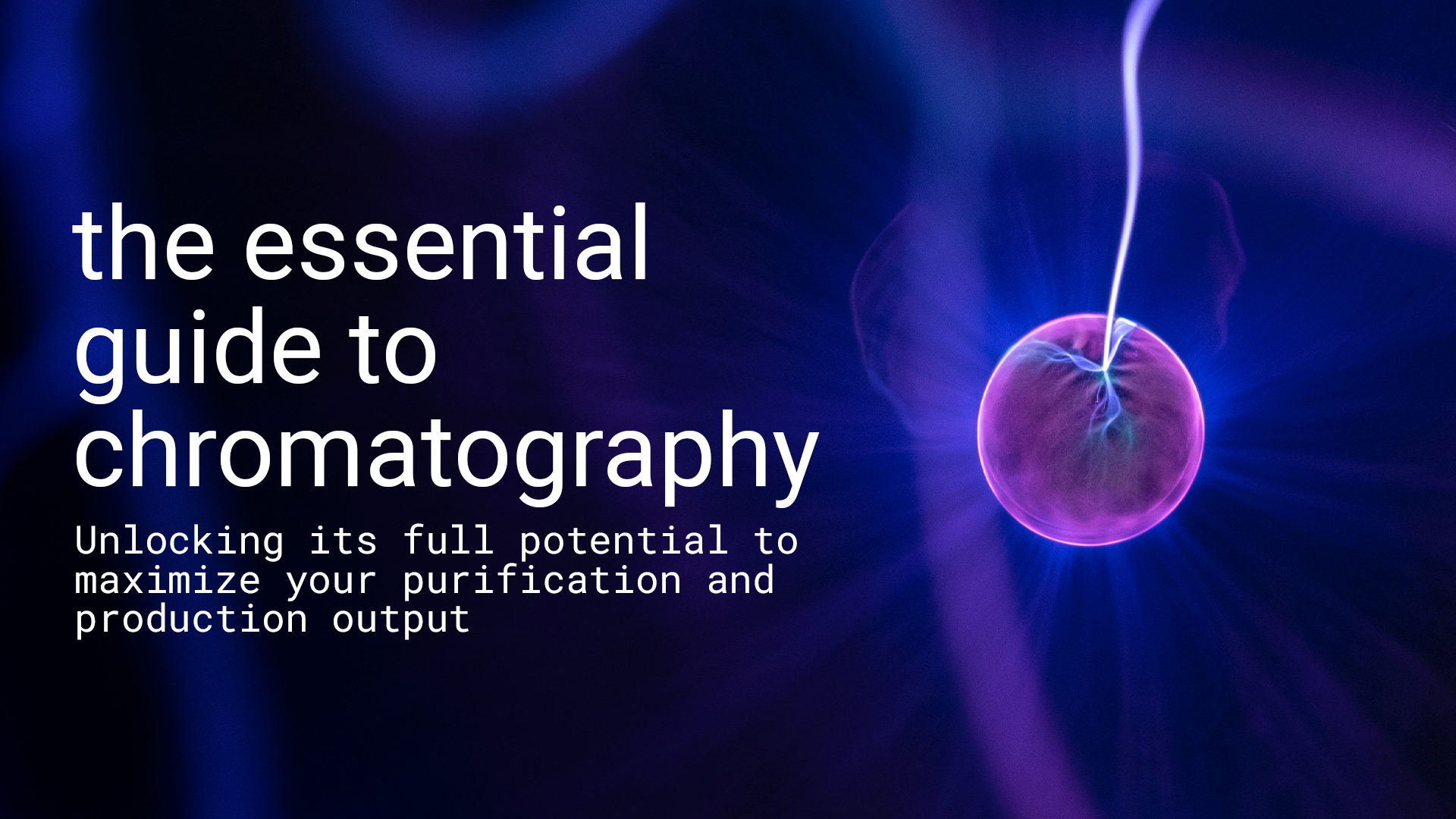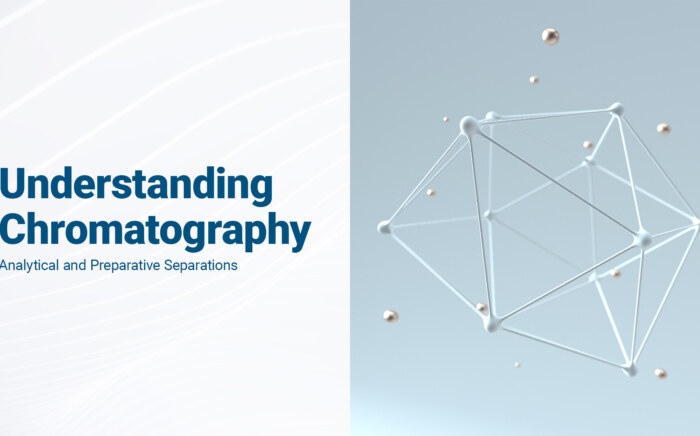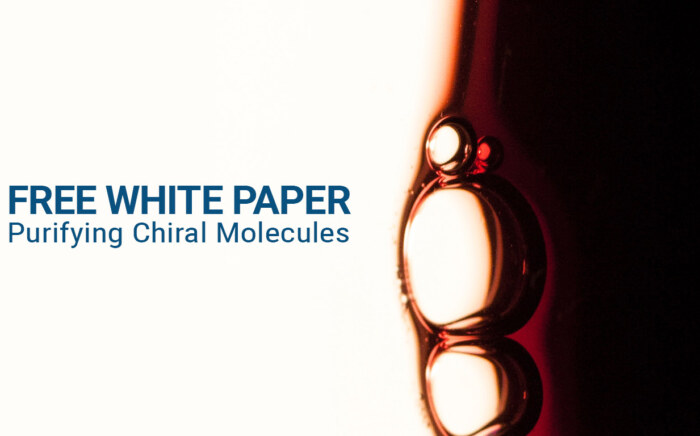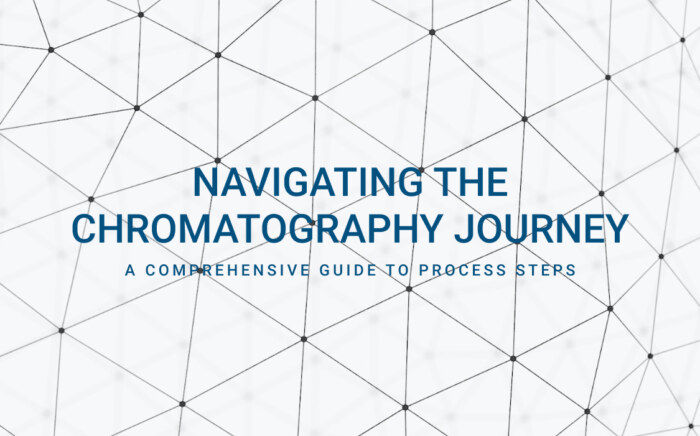Increasing separation efficiency by pH adjustment in Centrifugal Partition Chromatography
NewsChromatography is an essential technique used in the separation of components from a mixture. To understand chromatography, you must know its basic principles and the many factors affecting the process.
The Essentials to Understand Chromatography Principles
Chromatographic separation involves dividing the mixture into two phases: a stationary phase and a mobile phase. The mobile phase moves in a specific direction, driven by a force such as gravity or pressure difference, and carries the sample components along with it.
Components that interact more strongly with the stationary phase will be retained for a longer period, resulting in slower movement through the system. This creates a difference in the time it takes for the components to travel through the system, leading to separation.
The basic principles of chromatography form the foundation for many different chromatographic methods. These methods differ in the specific aspect they modify or enhance, such as the driving force or properties of the phases. For example, some methods use gravity as the driving force while others rely on pressure differences. Similarly, some methods may modify the properties of the phases to create a more efficient separation.
For example, liquid chromatography is a popular chromatographic method that uses a liquid mobile phase to separate components in a mixture. Gas chromatography, on the other hand, uses a gaseous mobile phase to separate volatile components in a mixture. Both methods are based on the basic principles of chromatography but differ in the type of mobile phase used and the properties of the phases.
Chromatography is a powerful technique for separating components from a mixture and forms the foundation for many different chromatographic methods. These methods differ based on the specific aspect they modify or enhance, such as the driving force or properties of the phases, to create a more efficient separation. Whether it is liquid chromatography or gas chromatography, the ultimate goal of chromatography is to separate components of a mixture to better understand their individual properties.
Column Chromatography
Column chromatography is a widely used type of chromatography that is commonly used for the separation and purification of compounds. It operates by using a stationary phase, typically a solid or gel, and a mobile phase, typically a liquid or gas. The stationary phase is packed into a column and the mixture to be separated is introduced at the top of the column.
As the mobile phase passes through the column, the compounds in the mixture are separated based on their affinity for the stationary phase. This allows for the efficient purification of the desired compound. Column chromatography is a highly versatile technique and can be used to separate a wide range of compounds, including proteins, nucleic acids, and small molecules.
In addition to its versatility, column chromatography is also a cost-effective solution for the separation and purification of compounds. The materials used for the stationary and mobile phases are readily available and can be easily obtained, making it a popular choice for many researchers and scientists.
Overall, column chromatography is an important tool in the field of separation science and is widely used for the separation and purification of compounds. Its versatility, cost-effectiveness, and ability to separate a wide range of compounds make it a valuable tool for scientists and researchers in a variety of fields.
Understand Chromatography Types
The process of chromatography forms the foundation for a wide range of chromatographic methods, each of which capitalizes on a specific aspect of the basic chromatographic process.
Examples of such methods include chromatographic methods based on the driving force of the mobile phase, such as gravity or capillary force, or based on the nature of the phases used, such as solid/liquid or gas/liquid. Some methods utilize the geometry of the chromatographic device, such as planar or column, while others utilize the interaction of the solutes with the stationary phase, such as physicochemical or biospecific interactions.
There are many different chromatographic methodologies, such as High-Pressure Liquid Chromatography (HPLC), Supercritical Fluid Chromatography (SFC), Flash Chromatography, and Centrifugal Partition Chromatography. Each of these methods provides unique advantages and is used in various applications, making chromatography a valuable tool in the field of separation science.
Further Resources
If you’d like to learn more about chromatography and separation techniques, click on any of the links below, and take look at RotaChrom’s many resources.



